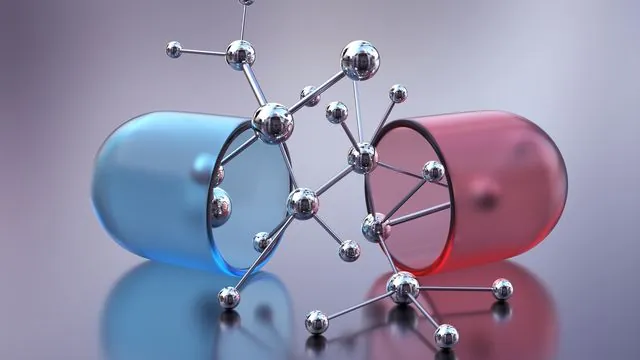
Unlocking the Future of Medicine: New Chiral Molecules Could Revolutionize Drug Design
2025-07-16
Author: Nur
The Fascinating World of Chirality
Imagine a life-saving molecule that has a dangerous twin—this is the intriguing concept of chirality. Just like our left and right hands, two molecules can share the same atoms yet differ in shape and spatial arrangement. This seemingly minor difference can drastically alter their effects in biological systems, which is why understanding chirality is vital for drug development.
A Groundbreaking Discovery from Geneva and Pisa
Researchers at the University of Geneva, in collaboration with the University of Pisa, have made a remarkable breakthrough by creating a new family of exceptionally stable chiral molecules. Their findings, recently published in the Journal of the American Chemical Society, promise to revolutionize how we approach the design of drugs that function based on their geometric structure.
Why Chirality Matters
A molecule is considered chiral if it cannot be superimposed on its mirror image, much like how our hands appear identical but cannot overlap perfectly. This molecular asymmetry is a key factor when chemists design chiral molecules that must interact precisely with biological systems, paving the way for targeted therapies.
Innovative Molecular Structures
Traditionally, chirality arises from specific asymmetry centers within a structure. These centers typically involve a carbon atom linked to four distinct groups. However, the team led by Professor Jérôme Lacour has innovatively created a new type of stereogenic center, where the central atom is flanked by oxygen and nitrogen atoms instead of the usual carbon chains. This pioneering approach represents a significant advance in the field.
Unmatched Stability in Chiral Molecules
Chiral stability is crucial; pairs of mirror molecules can easily switch forms, sometimes transforming a beneficial drug into a toxic substance. The new structures developed by the UNIGE team exhibit extraordinary stability. According to PhD student Olivier Viudes, their first molecule could potentially take 84,000 years at room temperature to switch to its mirror form, while another molecule would require 227 days at 25°C. Such remarkable stability means safer storage without stringent conditions.
A New Era in Drug Design
The introduction of these unique stereogenic centers opens up endless possibilities for creating stable, three-dimensional chiral molecules. As Professor Gennaro Pescitelli from the University of Pisa states, this breakthrough paves the way for innovative drug designs and new materials. The future of medicine could very well hinge on the precise control of molecular geometry to ensure the safety and efficacy of treatments.





 Brasil (PT)
Brasil (PT)
 Canada (EN)
Canada (EN)
 Chile (ES)
Chile (ES)
 Česko (CS)
Česko (CS)
 대한민국 (KO)
대한민국 (KO)
 España (ES)
España (ES)
 France (FR)
France (FR)
 Hong Kong (EN)
Hong Kong (EN)
 Italia (IT)
Italia (IT)
 日本 (JA)
日本 (JA)
 Magyarország (HU)
Magyarország (HU)
 Norge (NO)
Norge (NO)
 Polska (PL)
Polska (PL)
 Schweiz (DE)
Schweiz (DE)
 Singapore (EN)
Singapore (EN)
 Sverige (SV)
Sverige (SV)
 Suomi (FI)
Suomi (FI)
 Türkiye (TR)
Türkiye (TR)
 الإمارات العربية المتحدة (AR)
الإمارات العربية المتحدة (AR)